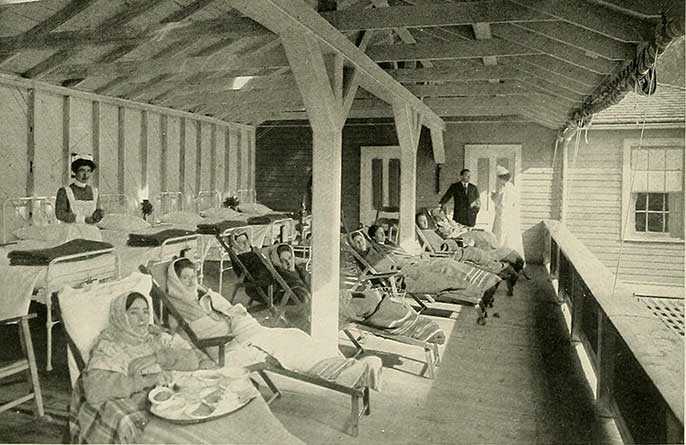

The Asheville VA Hospital started in the 1930s as the country’s largest TB sanitarium (1,000 beds) and became a General Hospital in 1959 as the TB era closed in Asheville with the development of antibiotics. Both hospitals closed in the 1980s, and the loss of these two institutions has been called “possibly the greatest tragedy in Asheville medicine.” Highland Hospital was also known for the death in a 1946 fire of Zelda Fitzgerald, wife of author F. In addition, Asheville became well-known for psychiatric care with the opening of Highland Hospital in 1904 and Appalachian Hall in 1916 Highland Hospital in particular enjoyed a national reputation. An epidemic struck again in 1948 with 300 patients admitted with a similar heroic response. Initially developed to care for crippled children, the hospital expanded into the care of poliomyelitis and later into rehabilitation for children and adults which continues as the current mission.Ī polio epidemic occurred in the county, so a new wing was added in 1945 with a heroic response by this staff - in 1946 it was the only facility in the state to accept acute polio cases. The Asheville Orthopedic Hospital started in 1939 and became Thoms Rehabilitation Hospital and later CarePartners. In the late 1940s, Mission Hospital had 134 beds, St Joseph’s Hospital had 95 beds, Biltmore Hospital 50 beds, Aston Park Hospital 45 beds, Norburn Hospital 120 beds and the Asheville Colored Hospital consisted of 35 beds. The Blue Ridge Hospital and Training School opened in 1923, also for blacks. The Circle Terrace Hospital, established in 1912, was the first TB hospital for blacks in the country. Meriwether Hospital started in 1906, and the French Broad Avenue Hospital opened in 1927 and later became Aston Park Hospital. Joseph’s Hospital in 1996, allowing further expansion. In an attempt to combine resources and after a great deal of argument, Memorial Mission Hospital eventually merged with Biltmore Hospital, Norburn Hospital and the Asheville Colored Hospital. The Asheville Colored Hospital was started through community efforts in 1943.

Other facilities of note include the Clarence Barker Memorial Hospital in 1900, which became Biltmore Hospital in 1919 for Biltmore employees and families, and Norburn Hospital (later called Victoria Hospital), which started in 1928. Joseph’s Hospital started as a tuberculosis sanatorium in 1900 and was converted to a hospital in 1939. The year 1885 was important due to the establishment of the current Buncombe County Medical Society and the five-bed Memorial Mission Hospital - the second public hospital in North Carolina.

It was not until the 1940s, with the development of antibiotics, that treatment became effective and a cure possible through local oral treatment - this ultimately led to the demise of Asheville as a national tuberculosis center. Despite the purported benefits of mountain air and specialized treatment in Asheville, 75 percent of those who entered the facilities were dead within five years. Initially shunned by the Asheville community, TB treatment was later embraced as a financial opportunity around the Depression. These connections added to the fame and glamor of Asheville, which soon became a watering spot of the elite. Vanderbilt and Grove fell in love with the area, leading to the establishment of Vanderbilt’s Biltmore Estate and the Grove Park Inn and Grove Arcade. This pulmonary connection was also important to the area in that George Vanderbilt’s mother and Edwin Grove came here for treatment of non-tubercular problems by area pulmonologists.


 0 kommentar(er)
0 kommentar(er)
